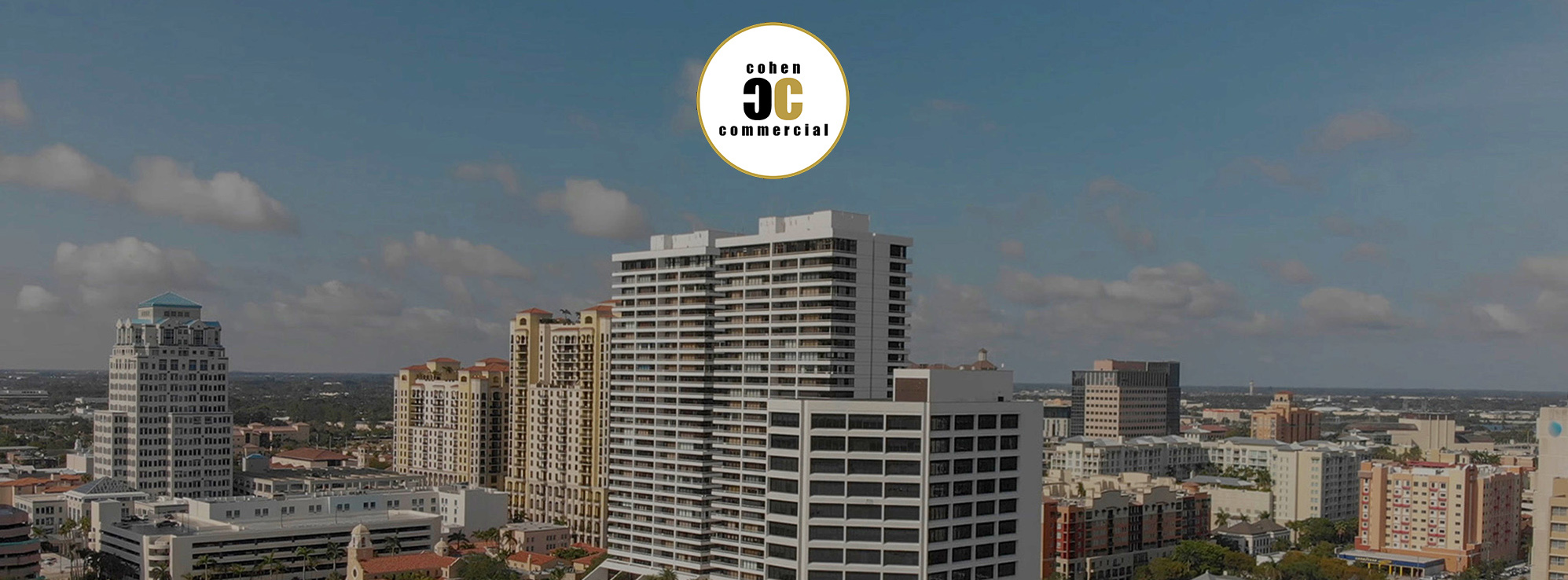Urban Revitalization & Public Spaces
The Florida Panthers’ Stanley Cup parade on June 22 filled Fort Lauderdale’s streets with jubilant fans and spotlighted the downtown core as a thriving civic and cultural hub. This kind of visibility acts as a catalyst for ongoing urban investment—particularly in parks, plazas, and pedestrian-friendly infrastructure. These enhancements are vital to unlocking the full potential of nearby mixed-use and transit-oriented developments, which thrive on vibrancy and accessibility.
Arena as Economic Anchor
The Amerant Bank Arena in Sunrise, alongside the newly improved IcePlex practice facility, is reshaping Broward County’s commercial real estate landscape. The arena’s lease—extended through at least 2033 with potential to run until 2043—offers investors long-term stability. Meanwhile, ongoing upgrades to the arena, including tech enhancements and luxury suite expansions, are driving over $1 billion in redevelopment. These improvements are turning the venue into more than just a sports destination—it’s becoming a commercial anchor for the surrounding district.
Hospitality Surge & Visitor-Driven Demand
The Panthers’ playoff run, and Stanley Cup celebrations injected over $100 million into the Broward economy. Hotels near the IcePlex saw a 30–40% spike in occupancy during playoff weeks. This influx of visitors signals strong growth potential in hospitality real estate. CRE developers are taking note, with opportunities emerging for boutique hotels, short-term rentals, and food & beverage hubs catering to sports tourism. In addition, retail and entertainment corridors in Fort Lauderdale and Sunrise are poised for further expansion to meet this growing demand.
Ancillary Commercial Growth
The $65 million IcePlex redevelopment, which includes a new community ice rink and training center, is attracting consistent foot traffic—even outside game days. This organic activity is increasing demand for ancillary commercial uses such as restaurants, bars, fitness studios, sports therapy centers, and flexible office spaces. Transit and parking infrastructure are also evolving to support this commercial growth, laying the groundwork for a more interconnected urban ecosystem.
Investment Confidence & Amenity Appeal
With the Panthers poised for another championship run and hosting the NHL Winter Classic in Miami in January 2026, their franchise has become a significant economic driver. Commercial real estate investors now view the team’s presence as a stable, long-term anchor. This is bolstering confidence in amenity-rich placemaking strategies designed to attract tenants and residents seeking live-work-play environments. It also reinforces the model of sports and entertainment-led redevelopment, particularly when supported by public infrastructure investment.
Looking Ahead
The Florida Panthers are no longer just an on-ice powerhouse—they’re a central figure in South Florida’s commercial real estate evolution. With heavy investment surging through Fort Lauderdale and Sunrise, CRE professionals should act now: evaluate opportunity zones near the arena and IcePlex, scout entertainment-anchored parcels, and engage early in entitlement processes. The Panthers’ success isn’t just lifting trophies—it’s raising property values and reshaping the regional CRE map.










